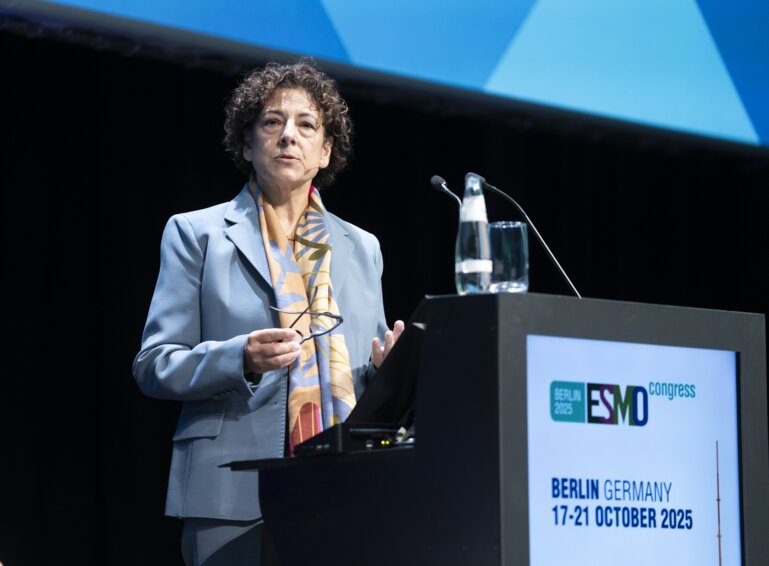Technology promises to improve understanding of cancer risk and lesion biology, but clear regulation is urged to implement innovation in cancer screening programmes
The more we learn about cancer evolution and the development of resistance to therapies, the more they underscore the importance of an early diagnosis and ultimately, prevention. In 2020, Cancer Research UK published a roadmap for the early detection and diagnosis of cancer that highlighted areas where intervention was required the most to accelerate progress.
A major theme in early cancer detection is understanding risk. If we can define who is at an elevated risk of developing cancer, interventions can be targeted to those individuals. Also, given that access to improved approaches means that we are likely to be detecting more early cancers, it is crucial that we have sufficient knowledge about the biology of these lesions. Not every precancerous lesion or even invasive cancer will cause death or undue morbidity within an individual’s remaining lifespan and we need to be able to distinguish between those that do and those that do not require treatment.
Technology, including AI and machine learning, will play an integral part in assessing risk. Advanced data and analytical integrative techniques can be used to combine information for an individual across multiple data sources, such as germline genome data, medical health records and health data from smartphones, to assess cancer risk. One of the challenges facing early detection and diagnostic technologies is that, unlike for new therapeutic agents, the regulatory pathways from development through evaluation and regulation to ultimate implementation into healthcare systems are far from clear. There is a real need for guidance to improve the process.
How can these approaches be used to improve screening and early detection of breast cancer? The first step is deciding who to screen. Mammography screening within a population is generally based on age thresholds and family history, which are informed by epidemiological evidence of incidence. However, emerging research on younger women is revealing a host of factors that can be used to more accurately predict an individual’s risk, including phenotypic factors such as breast density, and lifestyle factors such as diet and smoking history. This provides the opportunity to develop more integrative risk models, which should allow screening programmes to be tailored to the individual, including – but not only based on – age.
There is also the question of how to screen. The current gold-standard method is mammography. However, encouraging data are being achieved with other modalities, such as contrast-enhanced mammography and abbreviated magnetic resonance imaging. As costs decrease and availability increases, there is a chance that these advanced imaging techniques could supersede X-ray mammography as the method of choice. Also under investigation are the pan- or multi-cancer liquid biopsy screening tests, which have shown some promise in breast cancer. We will need to wait for the results of ongoing trials, such as the NHS-Galleri trial (NCT05611632), to assess how they perform on a large scale in the general public.
Ductal carcinoma in situ (DCIS) is an important consideration in screening. Increased screening will result in the identification of higher numbers of DCIS cases, only a very small proportion of which will develop into breast cancer. More research is required so that doctors can advise women about the risks conferred by the biology of these lesions.
AI has an increasingly important role across different aspects of early breast cancer detection. We already know that AI can identify cancers on imaging. The question remains as to whether the technology can match or even surpass the performance of radiologists in this setting, where it could sit in clinical pathways and be used to complement current approaches thereby helping to expedite the process. A different application of AI looking at risk is also beginning to emerge, with studies suggesting that AI can predict the risk of subsequent cancer development based on images where no lesion is yet apparent.
It almost goes without saying that multidisciplinary collaboration – including biologists, epidemiologists, oncologists, physicists, chemists and software engineers – is fundamentally important to achieving all the different aspects involved in facilitating screening and early detection of breast cancer. Nobody wins if we are not playing as a team.
Don't miss:
The future of early cancer detection. ESMO Breast Cancer 2023
Keynote Lecture, 12.05.2023, h. 14:00 – 14:30, Berlin Hall







